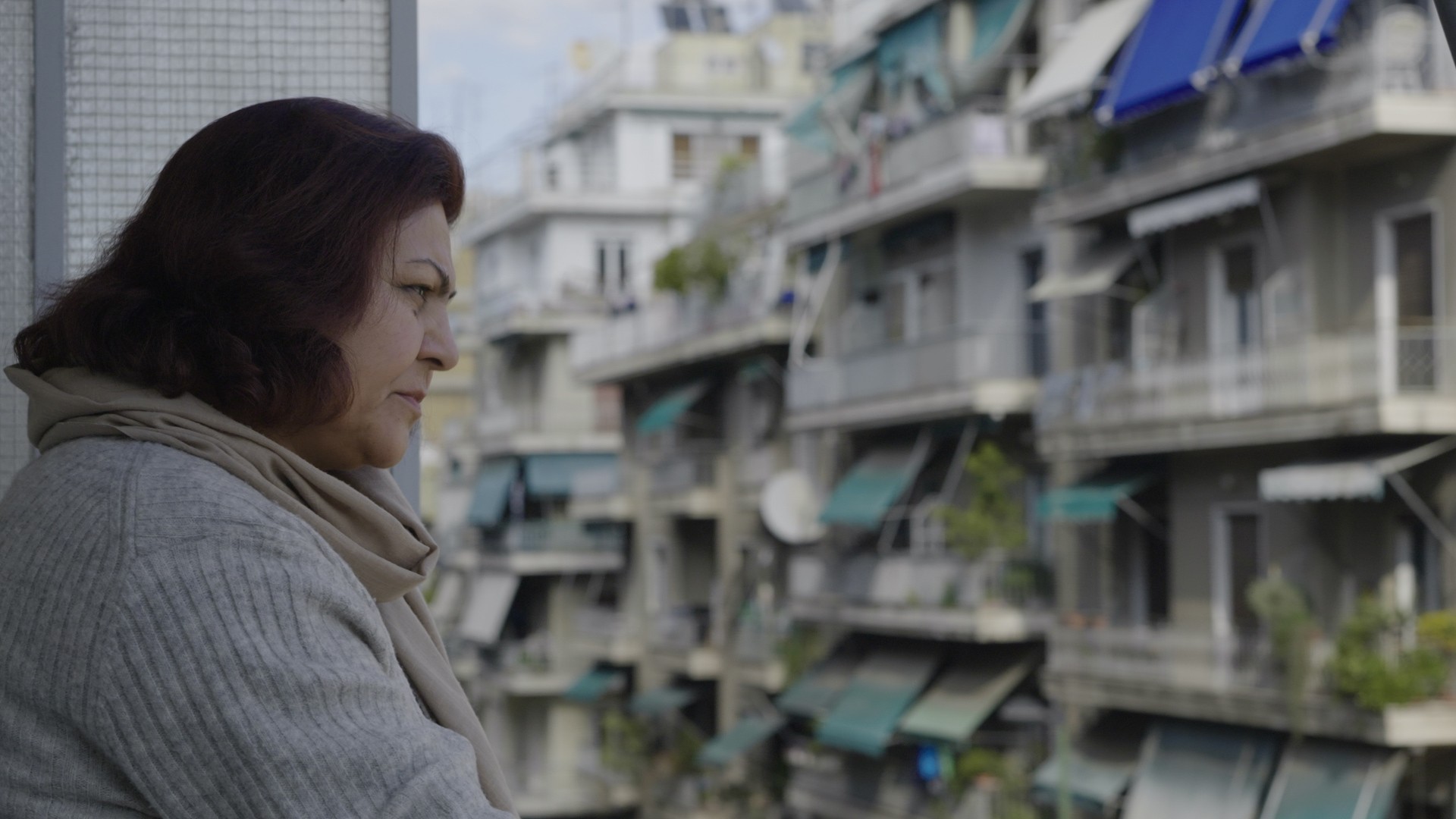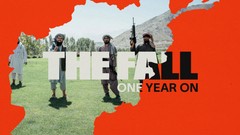PHOTO: AP Photo/Felipe Dana
VICE World News marks the first anniversary of the Taliban takeover of Afghanistan, from the devastating consequences that ensued to the millions of lives that were transformed.
Advertisement
Advertisement

Advertisement
Advertisement
Girls leaving school in May. PHOTO: AHMAD SAHEL ARMAN/AFP via Getty Images
Advertisement
